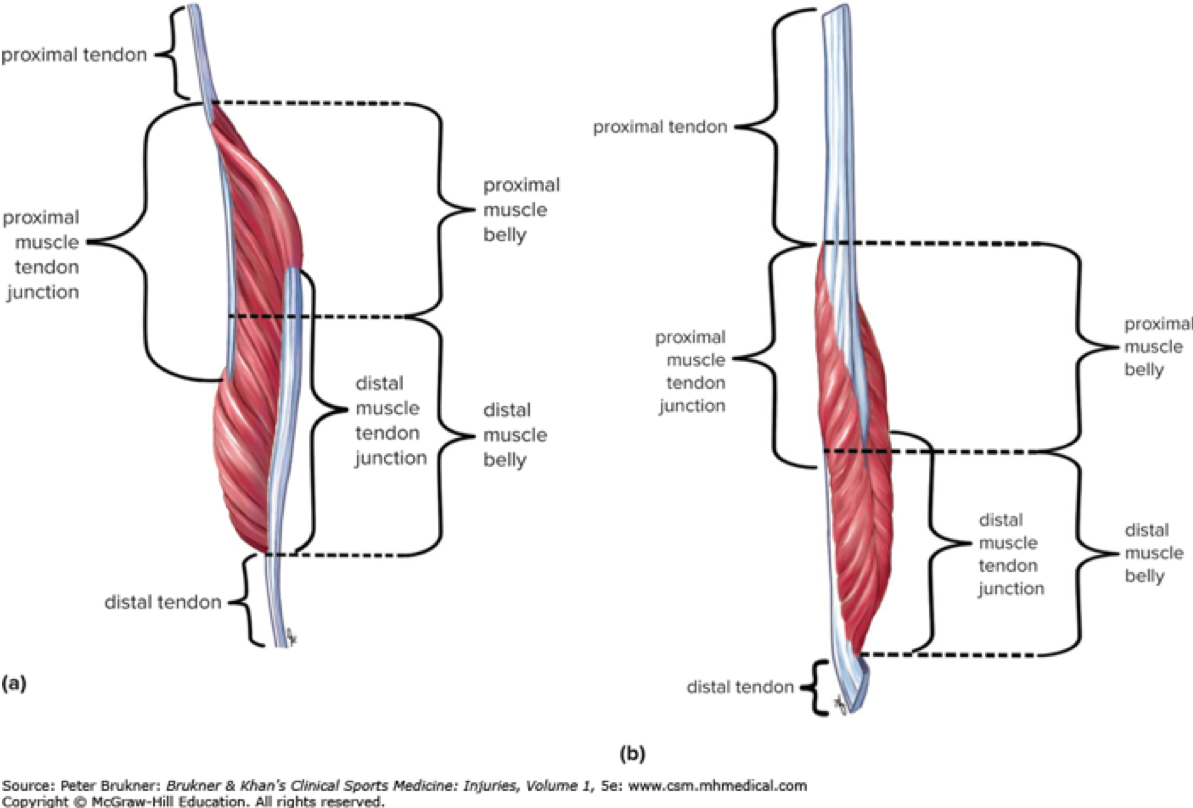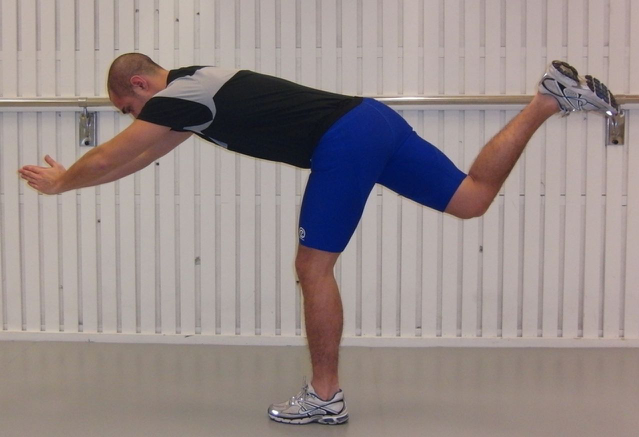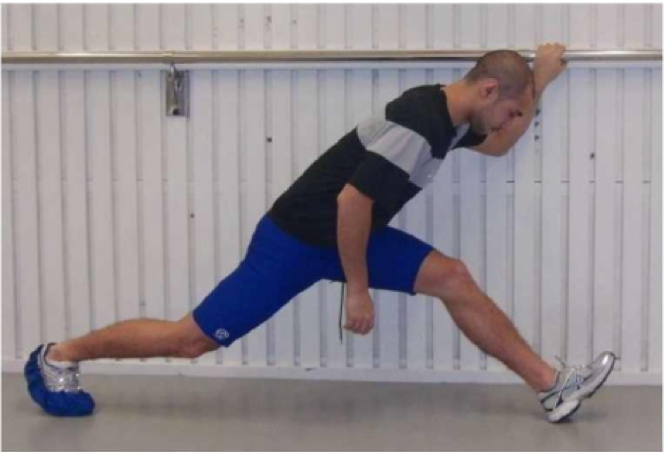 Menu
Menu
 Menu
Menu
Date: 15th February 2019
Author: Chris Wood
Tags: Fitness
The L – Protocol for Hamstring Rehabilitation
Hamstring injuries are not only one of the most common sporting injuries, but they also have the highest incidence rate of re injury over any other injury, with up to 1/3rdof hamstring injuries reoccurring, and typically in the first 2 weeks (Brukner and Khan, 2017).
There are two main types of Hamstring injury:
Type 1)
Occurs due to high speed running, typically affecting the long head of bicep femoris, with pain reported further down from the ischial tuberosity. Tend to initially cause a marked decline in function but have a quicker rehabilitation rate than type 2
Type 2)
Occurs due to excessive lengthening, typically affects the proximal free tendon of semimembranosus, with pain reported closer to the ischial tuberosity and up into the buttock. Rehabilitation time has been said to take slightly longer

Regardless as to whether your injury is type 1 or type 2, rehabilitation follows a similar pattern and should focus on, and emphasise, the muscle function; typically eccentric
The L – Protocol
Research from Askling, Tengvar and Thorstensson (2013) demonstrated that eccentric lengthening exercises are more effective following acute hamstring injuries in elite footballers, sprinters and jumpers than exercises such as single leg bridging and hip extension exercise. They coined this programme the L – Protocol.
The Extender (Flexibility)

Stabilise the thigh of the affected leg at 90 degrees of hip flexion and slowly extend the knee to a point just before pain.
Perform 3 sets of 12 repetitions, 2 x per day
The Diver (Hamstring Strength and Trunk Stabilisation)

From an upright position, bend forward at the hip to 90 degrees whilst standing on the affected leg, and with a knee bend of 10-20 degrees. Extend the uninjured leg backwards as much as possible and hold this position for as long as you can.
Perform slowly, 3 sets of 6 repetitions
The Glider (Specific Eccentric Strength Exercise)

Begin in an upright position whilst holding onto a fixed surface (bed, rail, work surface, etc). Bend the knee of the injured leg to 10-20 degrees and put all body weight over the heel of the injured leg.
Slowly glide the uninjured leg backwards (stand on a non friction surface), leaving the injured leg to lengthen out in front, and stop before you feel pain.
Bring yourself back to the start position using your arms and NOT your injured leg
Perform 3 sets of 4 repetitions, once every 3rdday
Sign up to receive email updates